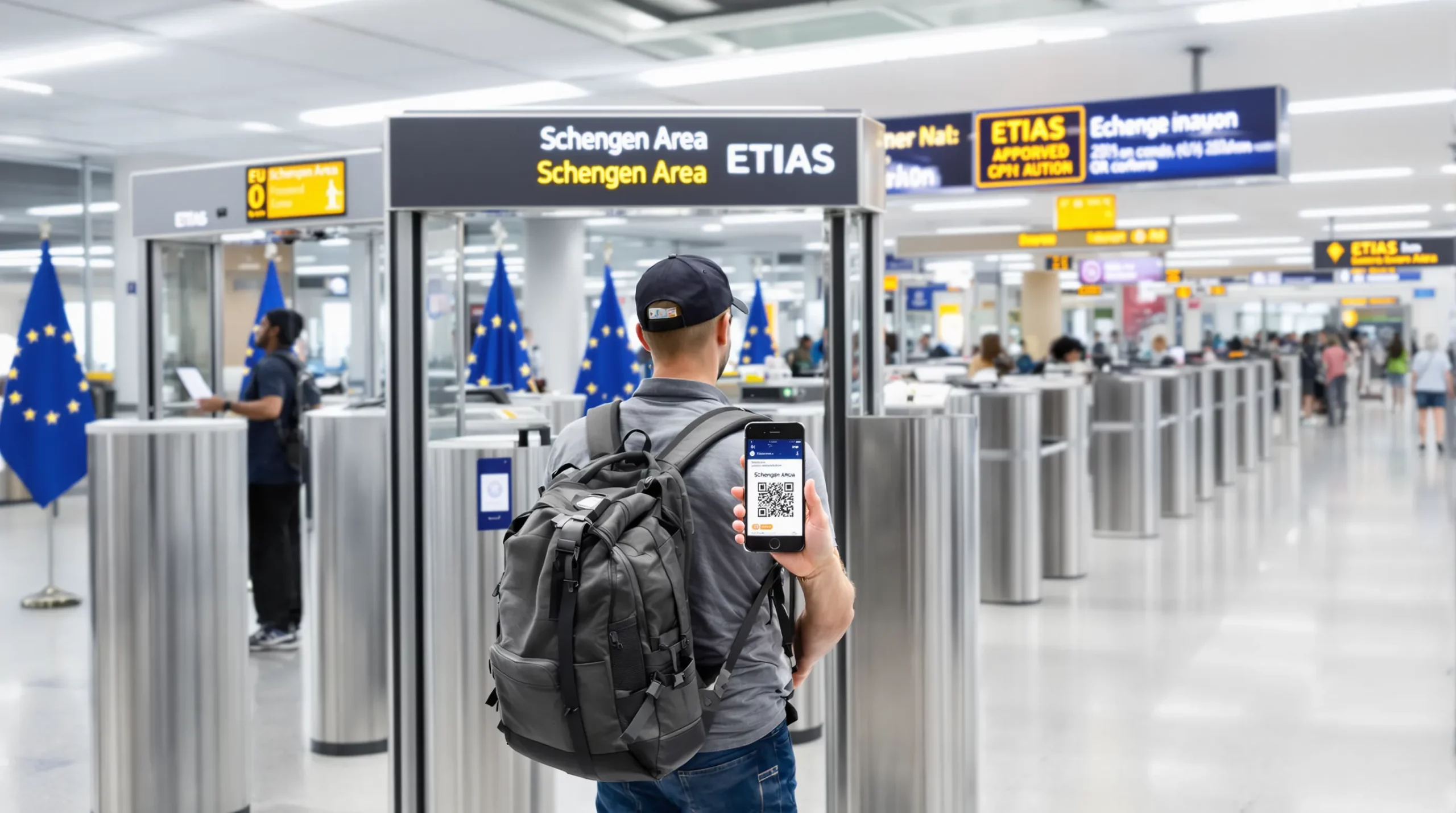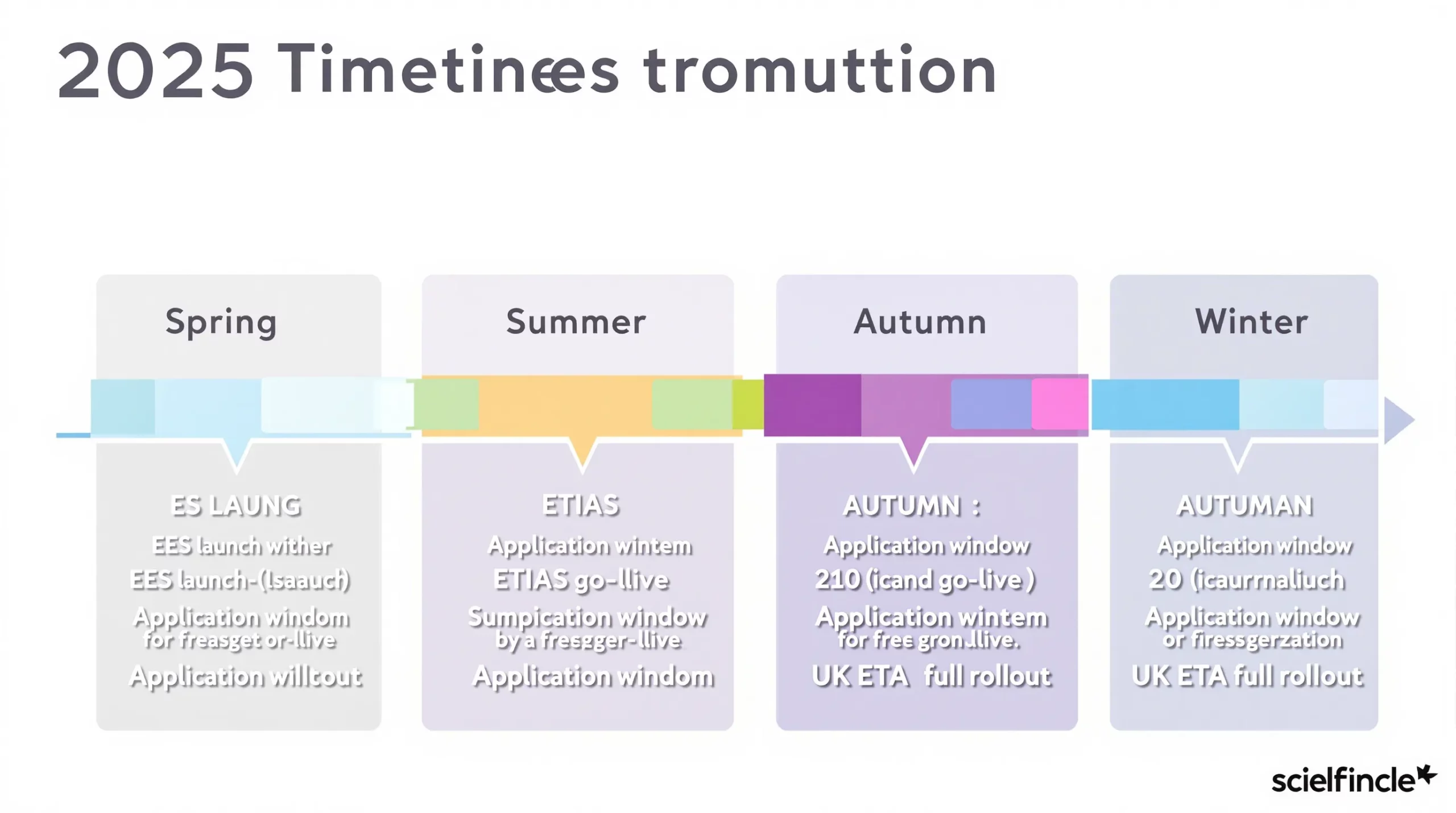Cross-Border Travel After Brexit: eVisa Requirements You Need to Know

The new normal of hopping across the Channel
If you last packed a bag for Paris, Dublin or Edinburgh before 2020, you may be in for a surprise. Brexit has redrawn the map of cross-border travel between the United Kingdom and the European Union, and 2025 is when the biggest digital changes finally land. Two new systems – ETIAS on the EU side and the UK’s Electronic Travel Authorisation (ETA) – turn passport-free weekend breaks into trips that require a few clicks of advance paperwork.
This article walks you through the eVisa, ETA and ETIAS requirements now (and soon) in force, so you can avoid last-minute airport heart-attacks – or, if you run a travel business, keep your customers moving seamlessly.
1. What Brexit changed – and what it didn’t
Brexit did not automatically add full visa obligations for short leisure trips. British citizens can still enter the Schengen Area visa-free for up to 90 days in any 180-day period, and EU citizens can enter the UK for six months as visitors without a visa.
But Brexit did add two seismic shifts:
- Extra border formalities (passport stamping, stricter customs checks).
- The removal of freedom of movement for work, leading to work visa requirements for previously exempt categories (e.g., touring artists, long-term contractors).
Soon, both sides will add mandatory electronic travel authorisations on top of those rules.
2. ETIAS: the EU’s pre-screening for Brits and other visa-exempt travellers
ETIAS – the European Travel Information and Authorisation System – is scheduled to go live in mid-2025. Once operational, everyone who currently enters the Schengen Area without a visa (UK, US, Canadian nationals, etc.) will need an approved ETIAS before boarding transport.
- Application channel: mobile app or web form (takes about 10 minutes).
- Cost: €7 for applicants aged 18–70; free for children and seniors (European Commission, 2024).
- Validity: three years, or until the traveller’s passport expires, whichever comes first.
- Processing time: 95 % of cases auto-approved within minutes; up to 30 days if manual review is required.
Because ETIAS only covers visa-exempt travellers, longer stays for work or study will still require a national long-stay visa from the relevant consulate.
Need a refresher on how ETIAS works step by step? See our in-depth guide: ETIAS Application Process – Simplifying the European Travel Information System.

3. UK ETA: mirror image, different details
The United Kingdom is rolling out its own Electronic Travel Authorisation. It started with Qatari nationals in 2023, added Gulf Cooperation Council countries in 2024, and will cover all visa-exempt nationalities, including EU/EEA citizens, by the end of 2025 (UK Home Office, roadmap updated January 2025).
Key points:
- Fee: £10.
- Validity: two years or until passport expiry.
- Multiple trips allowed within validity.
- Processing: majority approved within 48 hours; real-time status tracking via the Home Office app.
EU visitors who currently flash their passport at an eGate will soon need to show an approved ETA barcode as well. Like ETIAS, the ETA does not replace a visa for work, study or settlement.
4. Beyond tourism: when a full visa really is required
- Paid activities in the other jurisdiction (concerts, sports events, on-site services) usually trigger a work visa. Post-Brexit bilateral youth mobility or creative worker schemes may help, but they require advance paperwork and sometimes sponsorship.
- Stays over 90/180 days (EU) or six months (UK) automatically move you out of visitor status.
- Students now apply for a student visa on both sides.
Because the line between “business meeting” (allowed on a visitor waiver) and “productive work” (needs visa) is thin, many companies plug SimpleVisa’s rules engine into their booking portals to prevent staff from flying without the right document.
5. Practical timelines for 2025 trips
- Spring 2025: last phase of EU Entry/Exit System (EES) launches, introducing fingerprint + face scans the first time you enter Schengen after that date.
- Mid-2025: ETIAS becomes mandatory after EES is stable (EU Council press release, March 2025).
- Late 2025: UK ETA expanded to include the EU/EEA bloc.
If you plan a summer 2025 getaway, budget an extra one week to secure both authorisations, just in case you fall into the minority sent for manual review.

6. Tips for a friction-free Channel hop
- Apply early and link the authorisation to the correct passport number. A new passport voids your ETA/ETIAS.
- Watch the 90/180 clock. Each entry stamp matters now; keep a digital log or use the EU’s official calculator.
- Keep proof of accommodation and return ticket. Border officers may ask.
- Driving? UK residents need an International Driving Permit in some EU states if your licence isn’t credit-card style.
- Health insurance: from 2021, the EHIC/GHIC agreement still covers emergency care, but private cover is advised for longer stays.
7. Why travel companies should care – and how to turn admin into revenue
Every rejected boarding costs money and trust. Airlines absorb fines of up to €3,000 per passenger who shows up without the proper ETA/ETIAS. OTAs and tour operators face refund claims and social-media fallout.
Embedding a visa management platform like SimpleVisa directly in the booking flow:
- Flags ETA/ETIAS needs automatically based on nationality and destination.
- Lets customers submit the form in-app in 5 minutes, boosting completion rates.
- Generates ancillary revenue: partners earn on every approved authorisation or premium processing add-on.
- Slashes support calls by giving travellers a single dashboard for status updates.
To see how easy the integration is, explore our low-code eVisa API explainer.
Frequently Asked Questions (FAQ)
Do British citizens need a visa to visit France after Brexit?
No, for short tourist or business visits up to 90 days in any 180-day period. From mid-2025 they will need an ETIAS approval.
Will EU citizens have to pay for a short holiday in London?
Under the UK ETA scheme, yes. The fee is £10, valid two years.
I already hold a French work visa. Do I also need ETIAS?
No. ETIAS is only for visa-exempt travellers. Your long-stay visa or residence permit replaces it.
Can I apply for ETIAS or ETA on arrival?
No. Both authorisations must be approved before you board your ferry, train or flight.
What happens if my ETIAS is refused?
You’ll receive a reason and can appeal. Alternatively, you may apply for a full Schengen visa through a consulate.
Ready to remove the guesswork for your customers – or yourself?
SimpleVisa’s automation tools cover ETIAS, UK ETA and more than 60 other eVisa programs worldwide.
Book a 15-minute demo and discover how effortless compliant travel can be.